For years we have heard about and sometimes experienced, white powdery mildew when growing cannabis. It is a problem we can see, and we have numerous ways to combat it. But now more and more states are introducing regulatory testing on our harvests and they are looking for harmful substances like Escherichia coli., Aspergillis Fumigatus, Aspergillis terreus, … just to name a few. Mycotoxins, mold and bacteria can render a harvest unusable and even unsellable- and you can’t see these problems with the naked eye. How much would it cost you to have to throw away an entire crop?
You bring in equipment to control the humidity. You treat the soil and create just the right amount of light to grow a superior product. You secure and protect the growing, harvesting, drying and production areas of your facility. You do everything you can to secure a superior yield… but do you?
Many of the organisms that can hurt our harvest are being multiplied, concentrated and introduced to the plants by the very equipment we use to control the growing environment. This happens inherently in HVAC equipment.
Your air conditioning equipment cools the air circulating around your harvest in a process that pulls moisture from the air and creates a perfect breeding ground in the wet cooling coil for growth of many of the organisms that can destroy your yield. As these organisms multiply and concentrate in the HVAC system, they then spew out into the very environment you are trying to protect at concentrated levels far greater than outside air. In effect, you are inoculating the very plants you need to keep safe from these toxins if you want to sell your product.
The cannabis industry is starting to take a page from the healthcare and food safety industries who have discovered the best way to mitigate these dangers is the installation of a proper UVC solution inside their air conditioning equipment.
Why? How does UVC help? What is UVC?
What is Ultraviolet?
Ultraviolet (UV) light is one form of electromagnetic energy produced naturally by the sun. UV is a spectrum of light just below the visible light and it is split into four distinct spectral areas – Vacuum UV or UVV (100 to 200 nm), UVC (200 to 280 nm), UVB (280 to 315 nm) and UVA (315 to 400 nm). UVA & UVB have been used in the industry to help promote growth of cannabis.
What is UVC (Ultraviolet C)?
The entire UV spectrum can kill or inactivate many microorganism species, preventing them from replicating. UVC energy at 253.7 nanometers provides the most germicidal effect. The application of UVC energy to inactivate microorganisms is also known as Germicidal Irradiation or UVGI.
UVC exposure inactivates microbial organisms such as mold, bacteria and viruses by altering the structure and the molecular bonds of their DNA (deoxyribonucleic acid). DNA is a “blue print” these organisms use to develop, function and reproduce. By destroying the organism’s ability to reproduce, it becomes harmless since it cannot colonize. After UVC exposure, the organism dies off leaving no offspring, and the population of the microorganism diminishes rapidly.
 Ultraviolet germicidal lamps provide a much more powerful and concentrated effect of ultraviolet energy than can be found naturally. Germicidal UV provides a highly effective method of destroying microorganisms.
Ultraviolet germicidal lamps provide a much more powerful and concentrated effect of ultraviolet energy than can be found naturally. Germicidal UV provides a highly effective method of destroying microorganisms.
To better understand how Steril-Aire UVC works, it is important to understand the recommended design. Directed at a cooling coil and drain pan, UVC energy destroys surface biofilm, a gluey matrix of microorganisms that grows in the presence of moisture. Biofilm is prevalent in HVAC systems and leads to a host of indoor air quality (IAQ) and HVAC operational problems. UVC also destroys airborne viruses and bacteria that circulate through an HVAC system and feed out onto the crop. HVAC cooling coils are the largest reservoir and amplification device for microorganisms in any facility.
For the most effective microbial control, UV germicidal Emitters are installed on the supply side of the system, downstream from the cooling coil and above the drain pan. This location provides more effective biofilm and microbial control than in-duct UVC installations. By irradiating the contaminants at the source – the cooling coils and drain pans – UVC delivers simultaneous cleaning of surface microorganisms as well as destruction of airborne microorganisms and mycotoxins. Steril-Aire patented this installation configuration in 1998.
The recirculating air in HVAC systems create redundancy in exposing microorganisms and mycotoxins to UVC, ensuring multiple passes so the light energy is effective against large quantities of airborne mycotoxins and cleaning the air your plants live by.
Where are these mycotoxins coming from?
Aspergillus favors environments with ample oxygen and moisture. Most pre-harvest strategies to prevent these mycotoxins involve chemical treatment and are therefore not ideal for the cannabis industry.
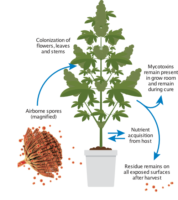 Despite the lack of cannabis protocols and guidelines for reducing mycotoxin contamination, there are some basic practices that can be utilized from other agricultural groups that will help avoid the production of aflatoxins and ochratoxins.
Despite the lack of cannabis protocols and guidelines for reducing mycotoxin contamination, there are some basic practices that can be utilized from other agricultural groups that will help avoid the production of aflatoxins and ochratoxins.
When guidelines are applied correctly to the cannabis industry, the threat of aflatoxin and ochratoxin contamination can be significantly reduced. The place to start is a clean air environment.
Design to win
The design of indoor grow rooms for cannabis is critical to the control of airborne fungal spores and although most existing greenhouses allow for the ingress of fungal spores, experience has shown that they can be retrofitted with air filters, fans, and UVC systems to make them relatively free of these spores. Proper designs have shown clearly that:
- Prevention via air and surface disinfection using germicidal UVC is much better than chemical spot treatment on the surface of plants
- High levels of air changes per hour enhance UVC system performance in reducing airborne spores
- Cooling coil inner surfaces are a hidden reservoir of spores, a fertile breeding ground and constitute an ecosystem for a wide variety of molds. Continuous UVC surface decontamination of all coils should be the first system to be installed in greenhouses to reduce mildew outbreaks.
UVC can virtually eliminate airborne contaminants

Steril-Aire was the first and is the market leader in using UVC light to eliminate mold and spores to ensure your product will not be ruined or test positive.
- Mold and spores grow in your air handler and are present in air entering your HVAC system.
- Steril-Aire UVC system installs quickly and easily in your existing system.
- The Steril-Aire UVC system destroys up to 99.999% of mold/spores.
- Plants are less likely to be affected by mold…with a low cost and no down time solution.
It’s time to protect your harvest before it gets sick. It’s time to be confident your yield will not test positive for the contaminants that will render it unusable. It’s time to win the testing battle. It’s time for a proper UVC solution to be incorporated throughout your facilities.

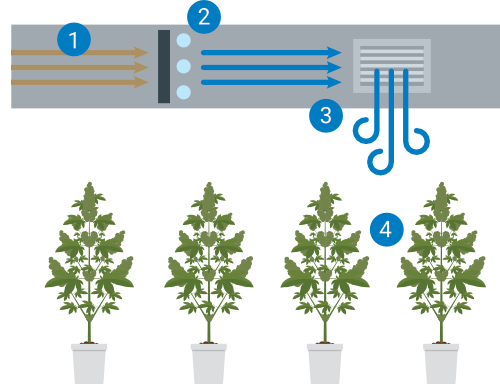

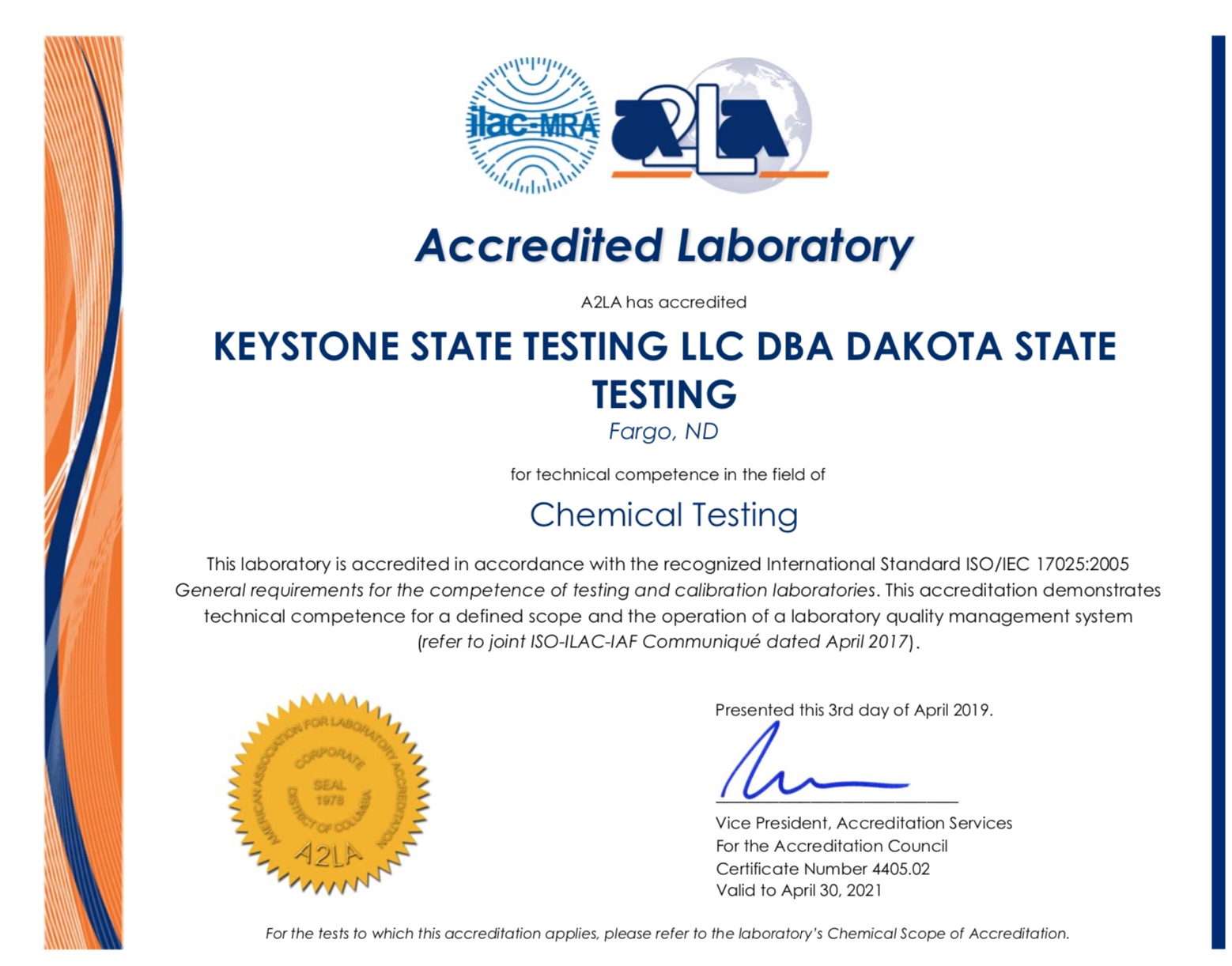
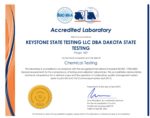
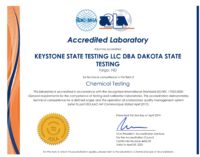
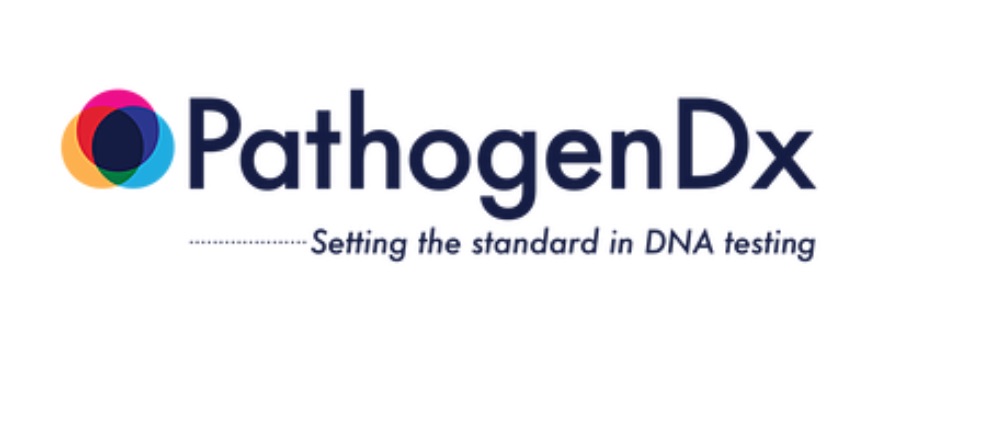






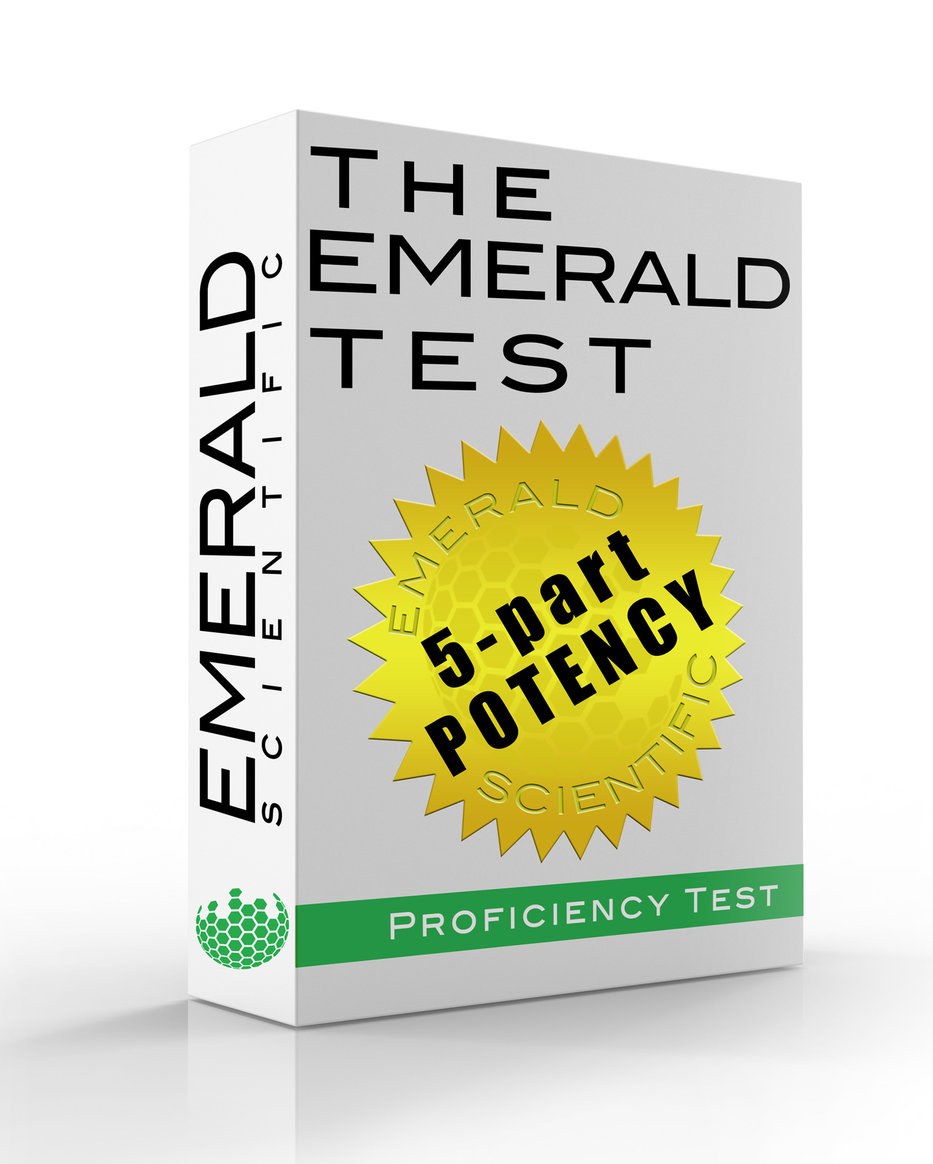
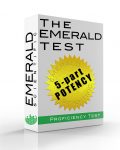

 Each lab has access to raw, anonymized data including a consensus mean, z-scores and kernel density plots. This round measured how well 35 cannabis labs perform in testing for potency, pesticides, residual solvents and microbial contaminants such as E. coli, Salmonella, Coliform, yeast and mold.
Each lab has access to raw, anonymized data including a consensus mean, z-scores and kernel density plots. This round measured how well 35 cannabis labs perform in testing for potency, pesticides, residual solvents and microbial contaminants such as E. coli, Salmonella, Coliform, yeast and mold.

